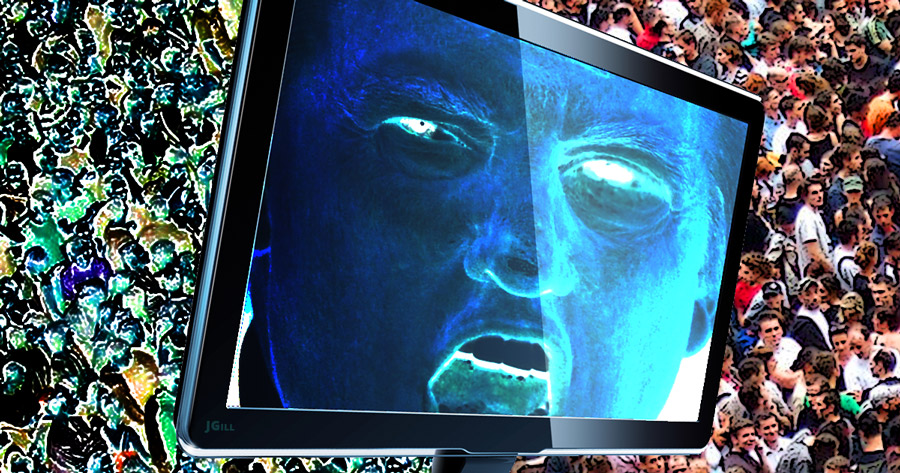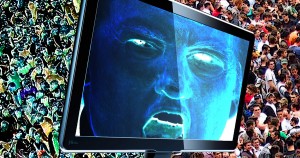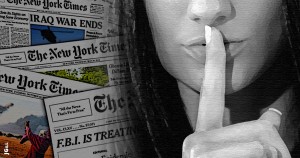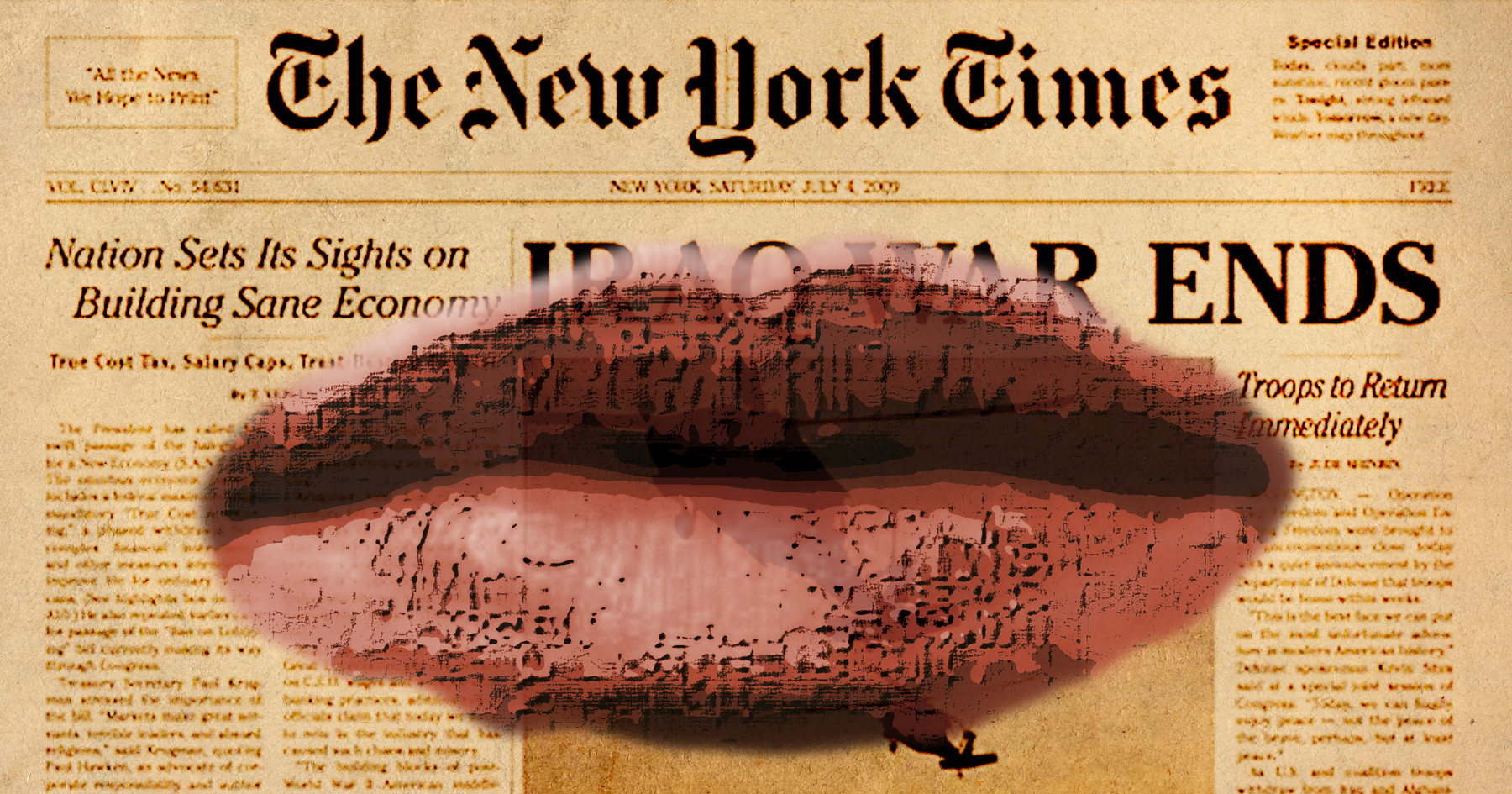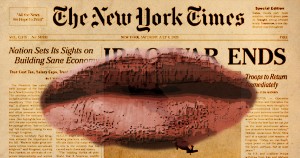“If the disgusting and corrupt media covered me honestly,” Donald Trump tweeted on Saturday, “I would be beating Hillary by 20%.”
Argue the percentage, sure, but acknowledge the obvious bias.
Asked by MediaBuzz host, Howard Kurtz, about a “tilt against Donald Trump,” Larry Sabato, the director of the Center for Politics at the University of Virginia, replied, “I don’t think there’s any question about that.”
“But look,” continued Sabato, “there was a media tilt against Mitt Romney. There was a media tilt against John McCain. There was a media tilt against George W. Bush. It has more to do with party and personal characteristics of journalists than anything else.”
The bias is as old as it is obvious, “but of course I’ve never seen anything like this level of vitriol,” Kurtz clarified.
Kurtz noted a front-page New York Times column by Jim Rutenberg, which argued that reporters who believe Trump is “potentially dangerous” must “throw out the textbook American journalism has been using” and become “oppositional” — regardless of the fact that the stance “threatens to throw the advantage to his news conference-averse opponent . . . who should draw plenty more tough-minded coverage herself.”
According to Rutenberg, an unbalanced approach during the campaign’s homestretch would help remedy the $2 billion in free coverage the media gave Trump during the primaries.
Notice that the anti-Trump bias now helps the Democrat, whereas the pro-Trump bias previously helped the GOP nominate a candidate likely to lose to the Democrat.
Perhaps there’s a method to such media madness.
This is Common Sense. I’m Paul Jacob.
